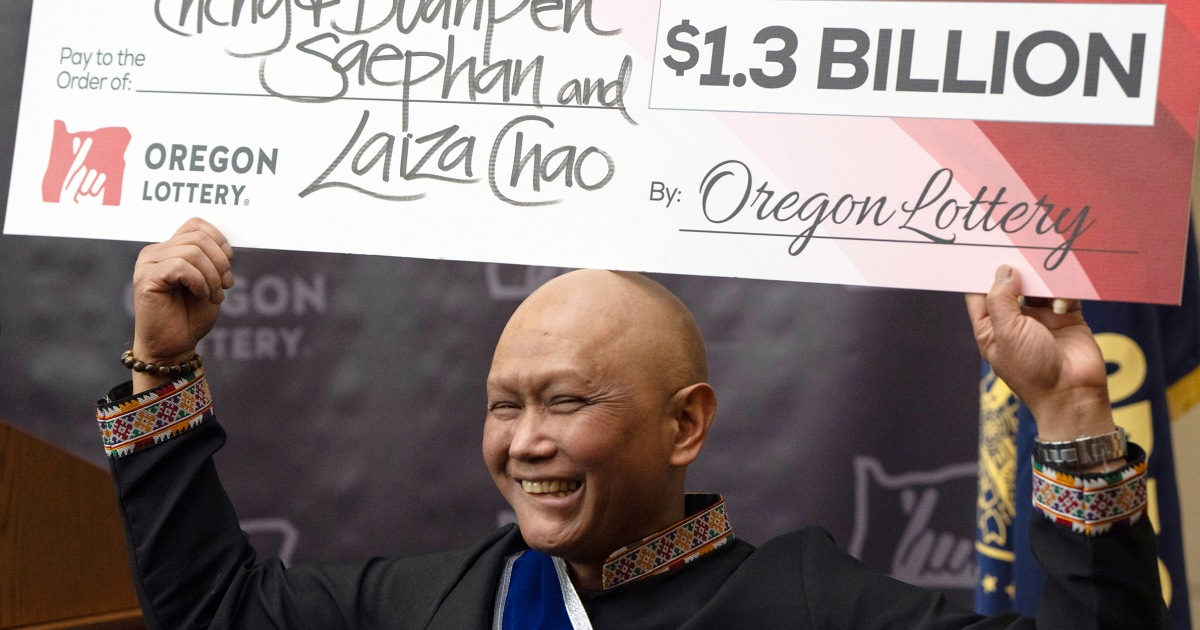Cheng “Charlie” Saephan, who was born in Laos and immigrated to the U.S. in 1994, plans to split the money with a friend and find himself a “good doctor.”
One of the winners of a $1.3 billion Powerball jackpot this month is an immigrant from Laos who has had cancer for eight years and had his latest chemotherapy treatment last week.
Cheng “Charlie” Saephan, 46, of Portland, told a news conference held by the Oregon Lottery on Monday that he and his 37-year-old wife, Duanpen, would split the prize evenly with a friend. Laiza Chao, 55, of the Portland suburb of Milwaukie, had chipped in $100 to buy a batch of tickets with them. They are taking a lump sum payment, $422 million after taxes.



i believe it is 20 years and goes away if you die. I may misremembering though.
Smart idea to not take the annuity if you’re currently battling cancer. Consensus seems to be the annuity is a bad deal anyway but to be honest I might go for it. That would help protect me from stupid decisions. No matter how much I fuck up this year, I still get a lifetime of money next year.
Probably still better to take the lump and set up a trust with investments.
For sure I’d hire a financial advisor to help make those decisions.
Making the most money in a vacuum, yes it is better to take the lump. But it really depends on how smart you are as a spender of money. If you can’t control yourself to not spend it all quickly, then a forced budget over 20 years might actually make you more money. This becomes less true with billion dollar winners, since the difference in what you can do between having 40M per year vs 400M lump isn’t as big as 1M per year vs 10M lump. It’s really easy to spend 10M and go broke, but getting a guaranteed income of 1M for 20 years makes it less likely you’ll go broke.
Annuity usually underperforms just buying S&P 500
I should have clicked the article before instead of relying on the not-so-short summary above. Not bad, but yes, not much point for him with his situation.
Federal government takes about 25% in tax.
Oregon takes 8%, more than half of which goes to education